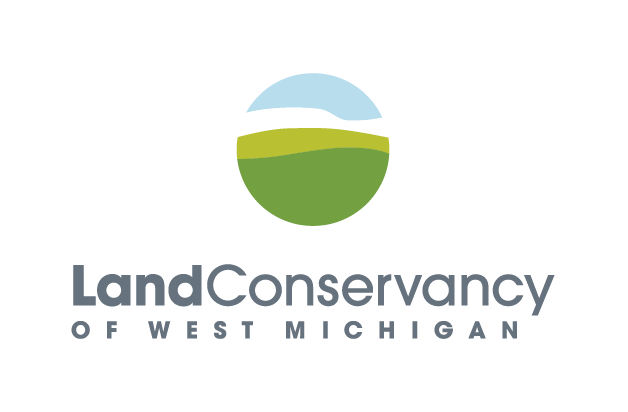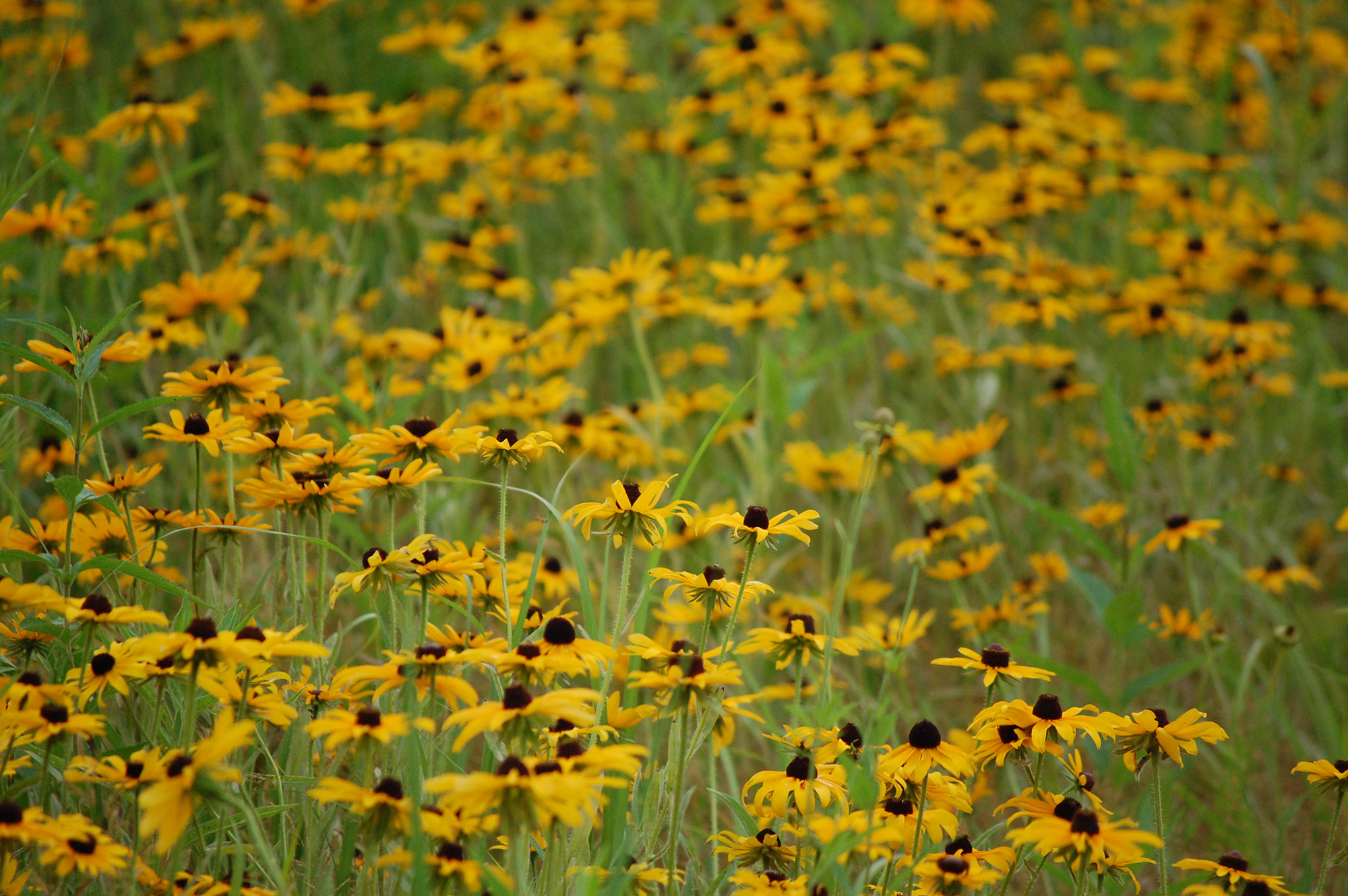
The Highlands
Thanks to the community of Grand Rapids, this former golf course’s future as a natural area was secured in spring 2019.
The soft breezes and peaceful trails belie an exciting year of transformation at the Highlands. Completion of the acquisition campaign and a series of groundbreaking restoration projects have reshaped the landscape and instilled it with new life and a bright future. From the beginning, collaboration has been a key ingredient to the project’s success.
The Land Conservancy of West Michigan and Blandford Nature Center embarked on transforming this former golf course into a vibrant, public natural area in 2017. The organizations shared a vision: to create an inclusive, accessible, natural green space for learning and recreation within the city limits of Grand Rapids. Two years later, that vision is well on its way to reality.
Phase One Complete
 The Land Conservancy celebrated the completion of the Phase One campaign for The Highlands in spring 2019. With the help of an exceptionally generous community, we raised over $5 million to secure the property and fund its initial restoration projects.
The Land Conservancy celebrated the completion of the Phase One campaign for The Highlands in spring 2019. With the help of an exceptionally generous community, we raised over $5 million to secure the property and fund its initial restoration projects.
“It seemed the more the Highlands property transformed itself, the more the community rallied around the project. Those who came out and experienced the property always left inspired—realizing The Highlands is a rare jewel and a once-in-a-lifetime opportunity for Grand Rapids,” said Marti O’Brien, Phase One campaign co-chair.
In addition to generous foundation and major donor gifts, hundreds of community members purchased symbolic square feet, adding to funds already put to good use creating wetlands, planting native plants and improving the Highlands’ expanding trails system.
Restoration at Work
In the winter of 2017, the U.S. Fish and Wildlife Service-—with funding assistance from Ducks Unlimited—carved out a depression in the former practice driving range and created the property’s first wetland. Removing drain tiles allowed rain water to collect naturally in the clay-heavy soil. In the spring of 2018, Land Conservancy volunteers planted native wildflowers and grasses in and around this emerging wetland. This past summer, visitors to The Highlands were treated to a virtual explosion of color from the thriving and vibrant blossoms of black-eyed Susans, gray-headed coneflowers, wild bergamot, butterfly weed and blue vervain. Native grasses have already begun to displace the non-native, century-old turf grass that once bore the annual burden of tons of fertilizers and chemicals.
This new habitat continues to attract increasing biodiversity. This year, sandhill cranes, green herons and great blue herons all visited the wetland, and migratory waterfowl and shorebirds graced its waters in both spring and fall. Frogs, turtles and muskrats abound. These are just a few of the critters that may well call this unlikely urban refuge home in the years to come.

This summer, the Land Conservancy set out to reproduce this winning strategy by again working with the U.S. Fish and Wildlife Service. Seven more wetlands were created, and volunteers once again stepped up to seed and plant their edges. The stewardship team spent the summer preparing over 25 acres of additional property for planting with yet more prairie grasses and wildflowers, which volunteers will help us seed this December. If all goes as planned, The Highlands will be even wilder and more beautiful next year. Finally, this past September saw the long awaited removal of the former clubhouse, restoring a grand view of the landscape from the highest point on the property.
“What a value this land has added to this area,” said Mike Saunders, a video production teaching artist for West Michigan Center for Arts and Technology (WMCAT) and a neighbor of The Highlands. “There is a peaceful place to walk and run, you can see all sorts of wildlife and wildflowers and it’s accessible by bus for anyone in the city.”
Community at The Highlands
Since it opened to the public, Saunders has made plentiful use of The Highlands. As part of his work for WMCAT, he has incorporated The Highlands as a regular backdrop for his Grand Rapids Public Schools high school film/video production students.
“We shot video of fireflies and we were able to get footage of a spotted fawn up close. The full moon lit up the sky as we left The Highlands. It’s pretty amazing to have an experience like that while in the Grand Rapids city limits. It’s even more amazing that this experience is available for everyone who lives in Grand Rapids,” Saunders said.
The Highlands Project was borne of a collaborative vision and continues to evolve through enthusiastic community support and engagement. The Land Conservancy’s partnership with Blandford Nature Center has served as a foundation for that community support and will continue to propel the decades of evolution required to complete this property’s journey toward successful restoration.
“What an inspiring example of two organizations working together for the greater community good,” O’Brien said. “This is a partnership that will continue to flourish as the community vision for The Highlands comes to fruition.”
The Highlands project is made possible with support from the Kenneth & Judy Betz Family, CDV5 Foundation, Consumers Energy Foundation, Peter C. and Emajean Cook Foundation, Frey Foundation Fund of the Grand Rapids Community Foundation, Grand Rapids Community Foundation, REI, The Conservation Fund, Third Coast Development, Wege Foundation, Wolverine Worldwide Foundation and many more.
This article appeared the Fall Newsletter 2019. Read the rest of that newsletter here.




